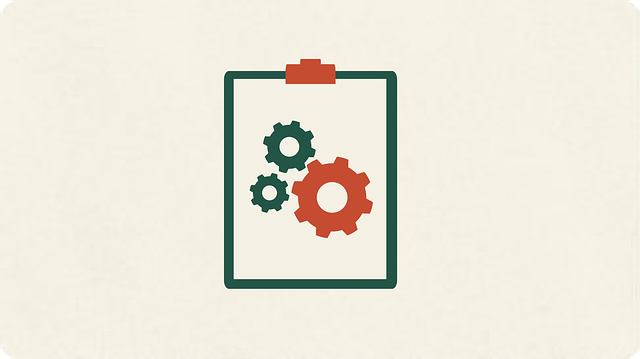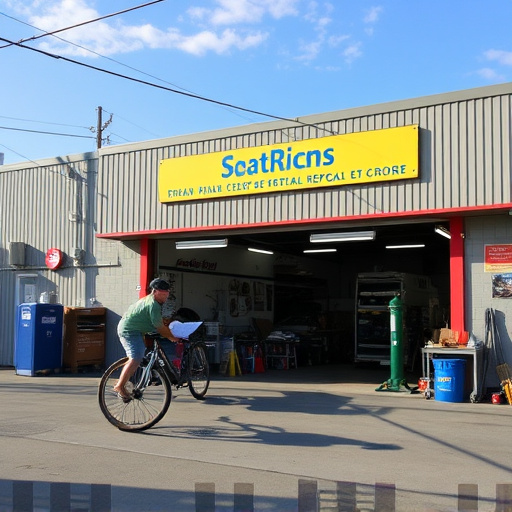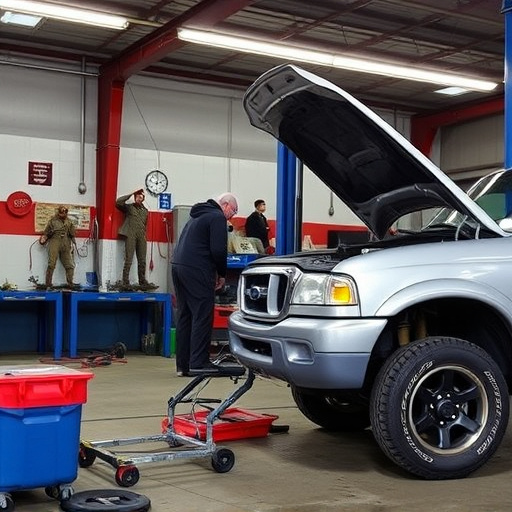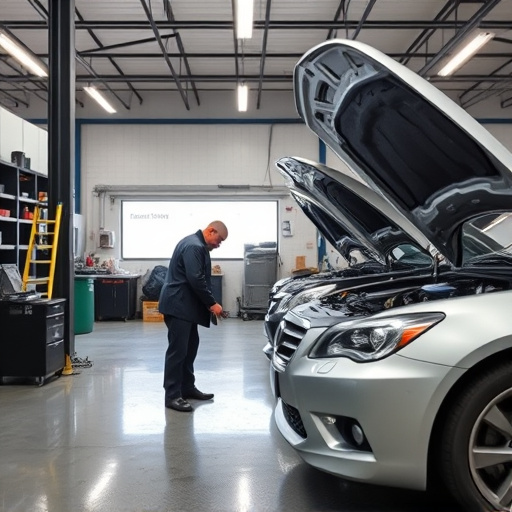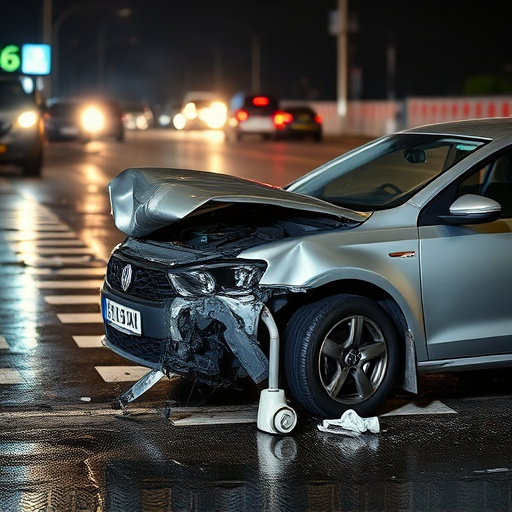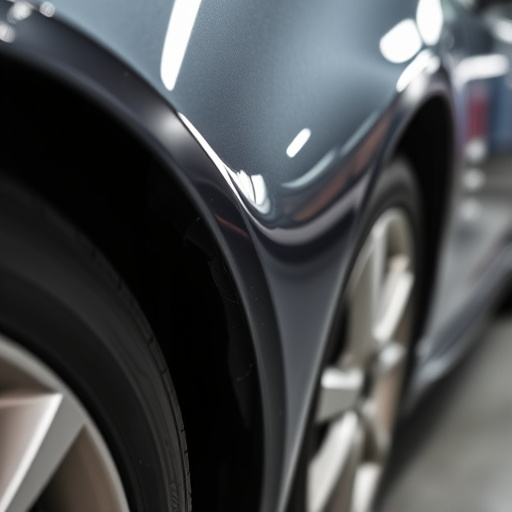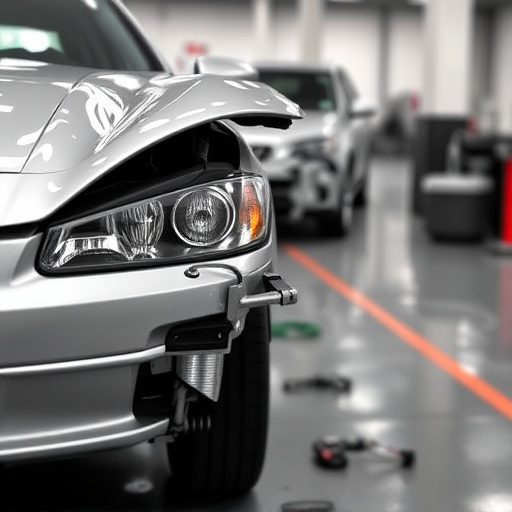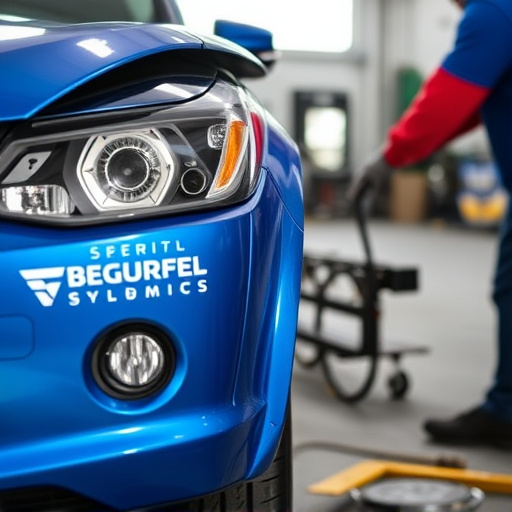Liability claims pose significant challenges for businesses, causing financial strain, reputational damage, and diverting resources from core operations. Effective strategies for managing these claims, including comprehensive frame straightening and auto glass repair, help mitigate losses, enhance customer satisfaction, and build trust. Choosing to repair over replace offers cost savings, preserves vehicle value, and maintains a positive reputation through swift and efficient repairs, especially in the digital age where online reviews are influential. A strategic approach emphasizing thorough damage assessment, effective communication, and technology integration ensures transparent claim management, aligning all parties and streamlining the repair process.
Liability claims can significantly impact businesses, both reputationally and financially. Understanding the advantages of liability claim repair is crucial for navigating these challenges and fostering a resilient organization. This article delves into the profound effects of such claims, highlighting the reputational and financial benefits of proactive repair strategies. We explore effective approaches to mitigate damage, restore trust, and enhance business resilience through comprehensive liability claim repair.
- The Impact of Liability Claims on Businesses
- Reputational and Financial Benefits of Repair
- Strategies for Effective Liability Claim Repair
The Impact of Liability Claims on Businesses
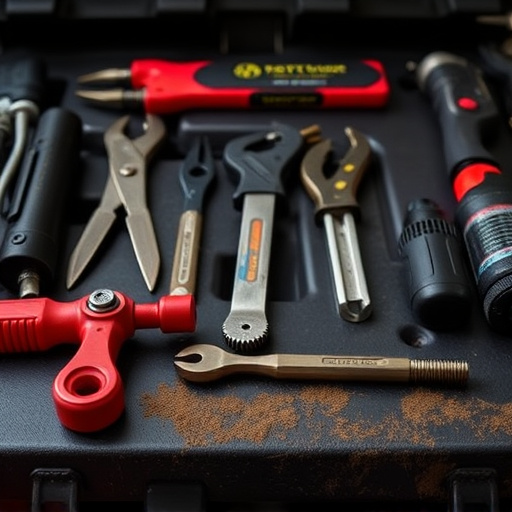
Liability claims can significantly impact businesses, both large and small. When a claim is filed, it brings a wave of challenges that extend beyond the legal process. Businesses often face financial strain due to settlements or court-ordered damages, which can strain budgets and affect cash flow. The reputational damage cannot be overlooked; a single high-profile lawsuit can tarnish a company’s image, deterring customers and potentially leading to a loss of market share. Furthermore, the time and resources dedicated to defending against these claims are substantial, diverting focus and funds from core business operations.
For businesses in industries like automotive repair, where incidents involving damaged vehicles and liability issues are common, having a robust strategy for managing and repairing these claims is crucial. This involves addressing not only the physical repairs, such as auto glass replacement or car bodywork services, but also ensuring comprehensive frame straightening to restore vehicles to their pre-incident condition. Effective liability claim repair strategies not only mitigate financial losses but also contribute to maintaining customer satisfaction and building trust in a business’s ability to handle complex situations with care and professionalism.
Reputational and Financial Benefits of Repair
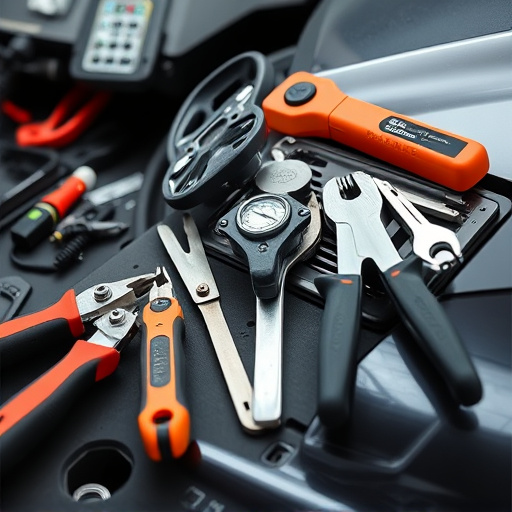
When a liability claim is involved, whether it’s due to an accident or damage caused by another party, choosing to repair instead of replacing can offer significant advantages. Beyond saving costs, which is always a priority, repairing allows businesses and individuals to maintain their positive reputation. In today’s digital age, word-of-mouth recommendations and online reviews carry immense weight; a swift and efficient repair process can turn a negative experience into a positive one, fostering trust and loyalty among customers.
In the case of collision repair services, for instance, repairing rather than replacing parts, especially in high-quality vehicles like Mercedes Benz, not only preserves the original value but also ensures that the vehicle retains its aesthetics and performance. This is particularly crucial for businesses relying on their fleet to make a living, as it minimizes downtime and keeps operational costs low. Auto glass repair, too, plays a vital role in safety and functionality, ensuring that vehicles are roadworthy and compliant with legal standards without incurring hefty replacement expenses.
Strategies for Effective Liability Claim Repair
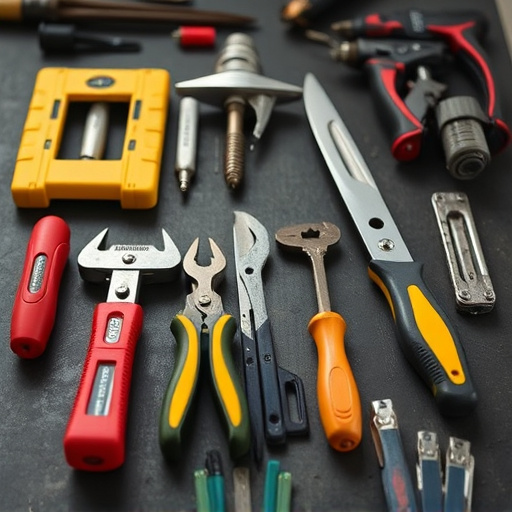
When addressing liability claim repairs, a strategic approach is key to achieving successful outcomes. The initial step involves thorough documentation and assessment of the damage, focusing on both tangible and intangible losses. This meticulous process ensures that every aspect of the incident is considered, from vehicle (or fleet) repair services to personal injury claims, environmental impacts, and more.
Effective communication is another vital strategy. Keeping all parties informed, including insurance companies, legal representatives, and clients, fosters transparency and builds trust. Regular updates on repairs, expected timelines, and potential challenges can prevent misunderstandings and ensure everyone is aligned. Additionally, leveraging technology for efficient claim management, such as digital documentation and tracking systems, streamlines the repair process, enhancing overall effectiveness in managing liability claims.
Liability claim repair offers businesses a chance to restore their reputation and financial stability after a damaging lawsuit. By implementing effective strategies, companies can mitigate losses, enhance their public image, and ensure long-term success. Investing in proactive measures to address liability claims is crucial for navigating the complexities of modern business operations and fostering a resilient organizational culture.
